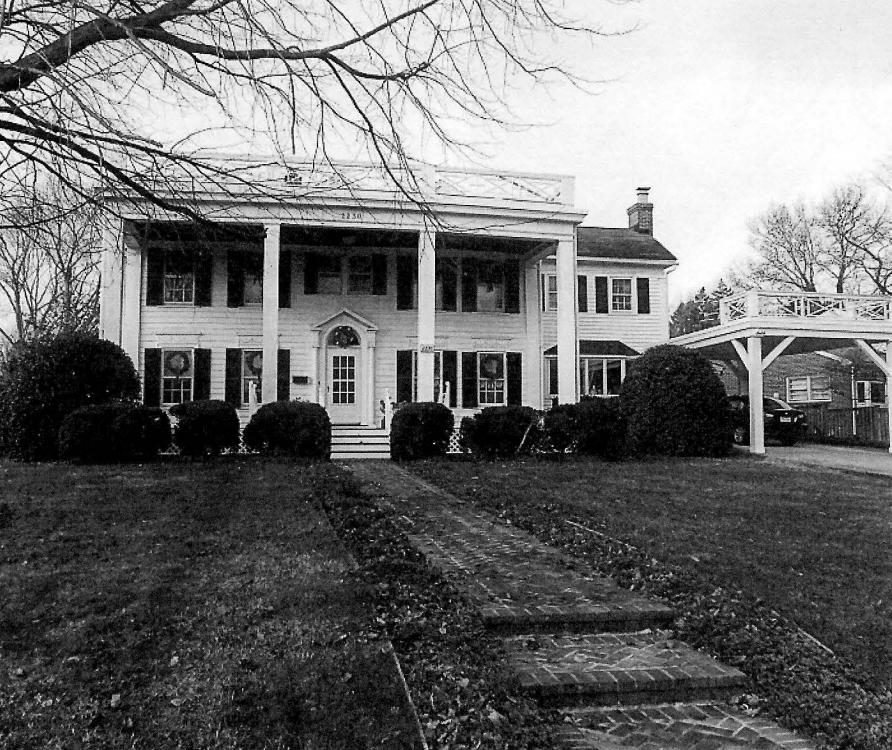Maple Shade

Maple Shade may have been withness to a small military engagement during the Civil War.
Henry Febrey, a prominent farmer in the latter half of the 19th century, settled on acreage extending from Langston Boulevard (Lee Highway) southwards towards Four Mile Run. His 19th century farmhouse, Maple Shade, still stands on Powhatan Street, north of 22nd Street. This white colonnaded "early classical revival" manse was built as a cotton farmhouse in 1851 when Henry was a captain in Virginia's 175th Militia. Henry ( and his brother, John) were trustees of the Methodist Meeting House - later Dulin church on East Broad Street in Falls Church (a stained-glass window still bears Henry's name). Henry also served on Alexandria County's Board of Supervisors.
The late Arlington historian Eleanor Lee Templeman's write-up on Maple Shade describes military action during the Battle of Munson's Hill (a minor North-South clash in the autumn of 1861 on the edges of Arlington and Bailey's Crossroads). She asserts that Henry's home "bears within its walls hidden scars.
. . . One shot came through the dining room and sheared off the leg of a table set for dinner without disturbing the meal thereon." (Templeman, 1959, 96)
Maps from the year 1891 and later years show descendants of Henry Febrey owning six tracts south of 22nd Street, ranging in size from 13.5 acres to 21 acres. Fostoria, the first subdivision in the area, emerged between the Febrey land tracts and Four Mile Run bounded by present-day 18th Street. Fostoria was designed to take advantage of the close proximity to steam and electric railways that followed the course of Four Mile Run.
Frame houses and cottages built from 1900 to the early 1920s still stand on 14th and 15th Streets, McKinley Road, and Nicholas Street, recalling the days of trolleys, horse and buggy, kerosene lamps, well water, and dirt roads. Road access to the neighborhood was through Lubber Lane, now the Lexington Street – 16th Street collector road.
Images
